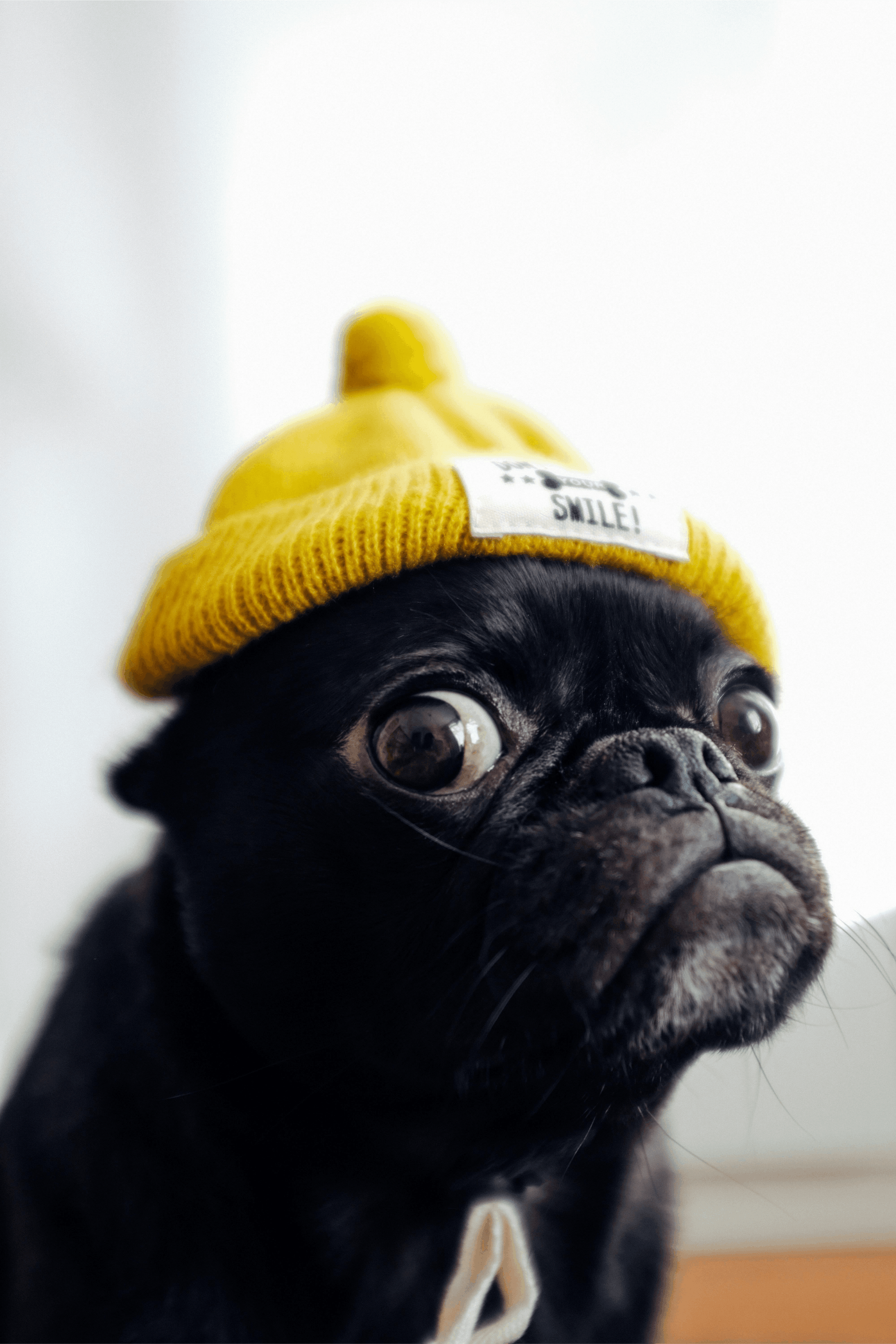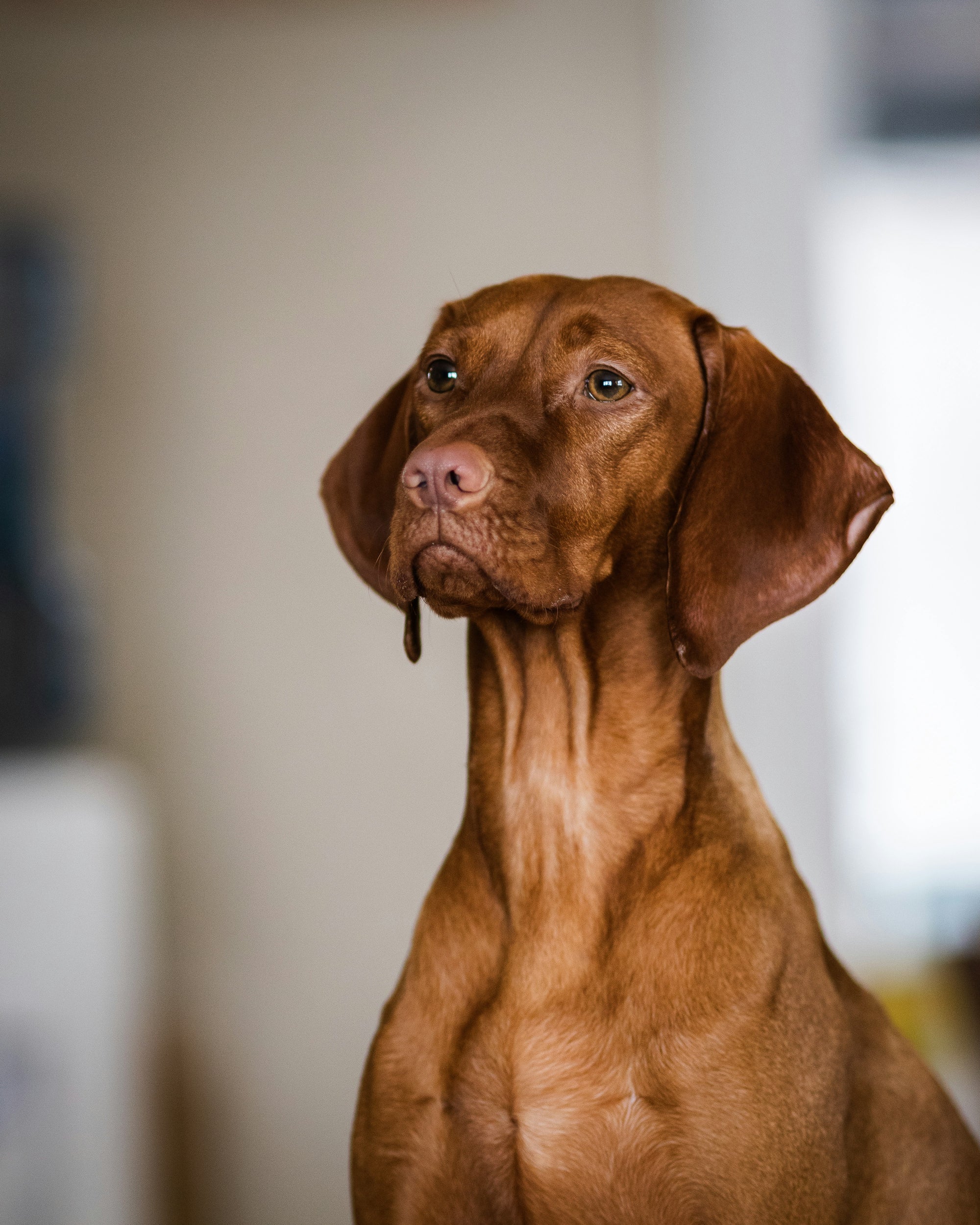The Havanese is a very popular breed in my family and this Learn, Don't Return was requested by my niece.
If you have a dog breed that you want me to Learn, Don't Return, please leave it in the comments.
The Havanese gets its name from Havana, Cuba, where it originated from.
But this wasn't always the case - time has made the Havanese.
The original breed was called the Blanquito de la Habana which also went by Havana Silk Dog - literally.
And since the Blanquito de la Habana went extinct, what remains is in the Havaneses' soft white coat.
Let's back up - Cuba didn't have any native dogs, so where did the Blanquito de la Habana come from?
Italians and/or Spanish would bring Bichon type dog on ships to use as a barter tool and this was the foundation for the Blanquito de la Habana.
The Havanse's history is just getting started, but my 1 minute is up - if you want, subscribe to get the complete story - you don't want to be walking around with part of the facts.
The Havanese gets its name from Havana, Cuba, which is hot, but the Havanese has a double coat making them ideal for hot or cold temperatures.
You'll want a shorter coat in hot temperatures, and a longer coat in colder temperatures, and you can even cord (dreadlocks) the silky smooth hair, which comes in white or chocolate coloring.
The Havanese has a spring in its step due to the short front legs and energetic rear - which propels them onto the couch and to their favorite destination, the observation deck -also known as the back of the couch.
It's good that Havanese can jump too, because they're only 8 1/2 to 11 1/2 inches tall.
The Havanese is good with being crated, doesn't have an ego, is innocent, and playful.
But you will need to develop a routine for potty breaks.
Do you like what you hear about the Havanese?
Well, it even gets better - their only job is to entertain you - and a little playtime will do us all good.
The Havanese is in the Toy Group with the Cavalier King Charles Spaniel, Yorkshire Terrier; not all Terriers are in the AKC Terrier Group, and the Silky Terrier - speaking of silky that is the perfect word to describe the Havaneses' coat.
In fact, the Blanquito de la Habana, - which was the Cuban breed before the Havanese, was also called the "Havana Silk Dog".
But, it seems that I've gotten a little ahead of myself!
Let's start with the first problem - Cuba didn't have any native dogs, so all the Cuban dogs are actually from elsewhere.
Do you care to guess where?
The most likely conquistadors that brought a dog to Cuba were 1. Italians or 2. Spanish - and maybe both brought pooches along -we'll never know.
The dog that was brought was a Bichon - which translates to "small dog with curly hair".
But the Bichon is not a sporting dog like a Labrador, that could be used for hunting wild game.
So why did they bring a small dog with curly hair?
Well, Cuba's natural resources include sugarcane, tobacco, fruits, and coffee just to name a few.
And the conquistadors sure would like those to take back home in trade!
But what could they trade that they could easily put on a ship?
And with little practical value - a Bichon type of dog was given in trade to Cuban aristocrats, and they named them the Blanquito de la Habana - or Havana Silk Dog.
But the Blanquito de la Habana went extinct, or more likely they were frolicking around with a new dog breed to Cuba - the Poodle, and probably by happenstance the Havanese was born...literally.
Cut to the 1958 Cuban Revolution, and everybody wanted to get out of Cuba, and would you leave your dog behind?
Heck NO!
And neither did a few Cuban families leaving Cuba - and thankfully they did because, without their efforts and compassion, the breed would have gone extinct.
The revolutionaries wouldn't kill the Havanese intentionally, like the Chinese Communist Revolutionaries did the Shih Tzu; but widespread famine hastened Havanese's demise in Cuba.
But a breeder named Mrs. Dorothy Goodale found the 3 Cuban families that still had their beloved Havanese dogs, and Dorothy started the Havanese's revival in the early 1970s.
A real Havanese advocate, Mrs. Goodale even spearheaded the Havanese Club of America which she formed in 1979, and her efforts paid off when the Havanese became recognized by the AKC in 1986.
Can you guess where the Havanese ranks in popularity according to the AKC?
24
Proving that the Havanese is still a great companion dog breed today.
Now let's dive into what makes the Havanese so desirable, and what events you can enjoy together.
Obviously, the Havanese is not a sporting dog, so they were not historically for the average person.
But today you and I can enjoy the Havanese companionship without being an aristocrat, and that's a good thing because they really are a wonderful dog breed.
The Havanese companionship includes:
- Playing peek-a-boo around the furniture
- Throwing and retrieving small stuffy toys, and
- Having your Havanese lay on the top back of the couch as you take a break from the daily grind.
The Havanese is low maintenance but does require going outdoors for potty breaks and leashed strolls around the neighborhood.
The Havanese is a happy and playful dog that is ideal for people who need mental breaks - The Havanese requires minimal upkeep, such as:
- Grooming
- Nail clipping, and
- Puppy training.
The Havanese is a smart, intelligent dog and you'll need to be smart and intelligent too, by
- Finding a Havanese breeder or rescue who loves and supports the Havanese
- Taking your Havanese to a veterinarian for vaccinations
- Socializing with other friendly dogs and
- Cleaning your Havaneses' dog bowls and food containers
Your Havanese may be nervous around toddlers, but you shouldn't be nervous about getting a Havanese if you live in an apartment - the Havanese are not active barkers!
The Havanese can be crated, but not for extended periods, they are short, but they still like to run around and play.
You can also train them to use pee-pads; but like you and I - going outside and getting some fresh air can do us all good.
The Havanese is not aggressive and only weighs 7-13 pounds, so gentle training is recommended.
The Havanese are both fragile due to their small size and sturdy - a lot of fun.
Are you considering a Havanese?
Well, don't pull your hair out!
And the Havanese don't shed either, plus their hair is hypoallergenic!
That's nothing to sneeze at.
To further develop your 14 to 16-year partnership you can enjoy confirmation classes at dog shows, and fun companion events, and they are the perfect therapy dog - they certainly cheer me up!
Now would you let a Havanese lay on the back of your couch?
Yes!
Comment below if you enjoy learning about all dog breeds and what breed you want, versus what is a practical fit.



